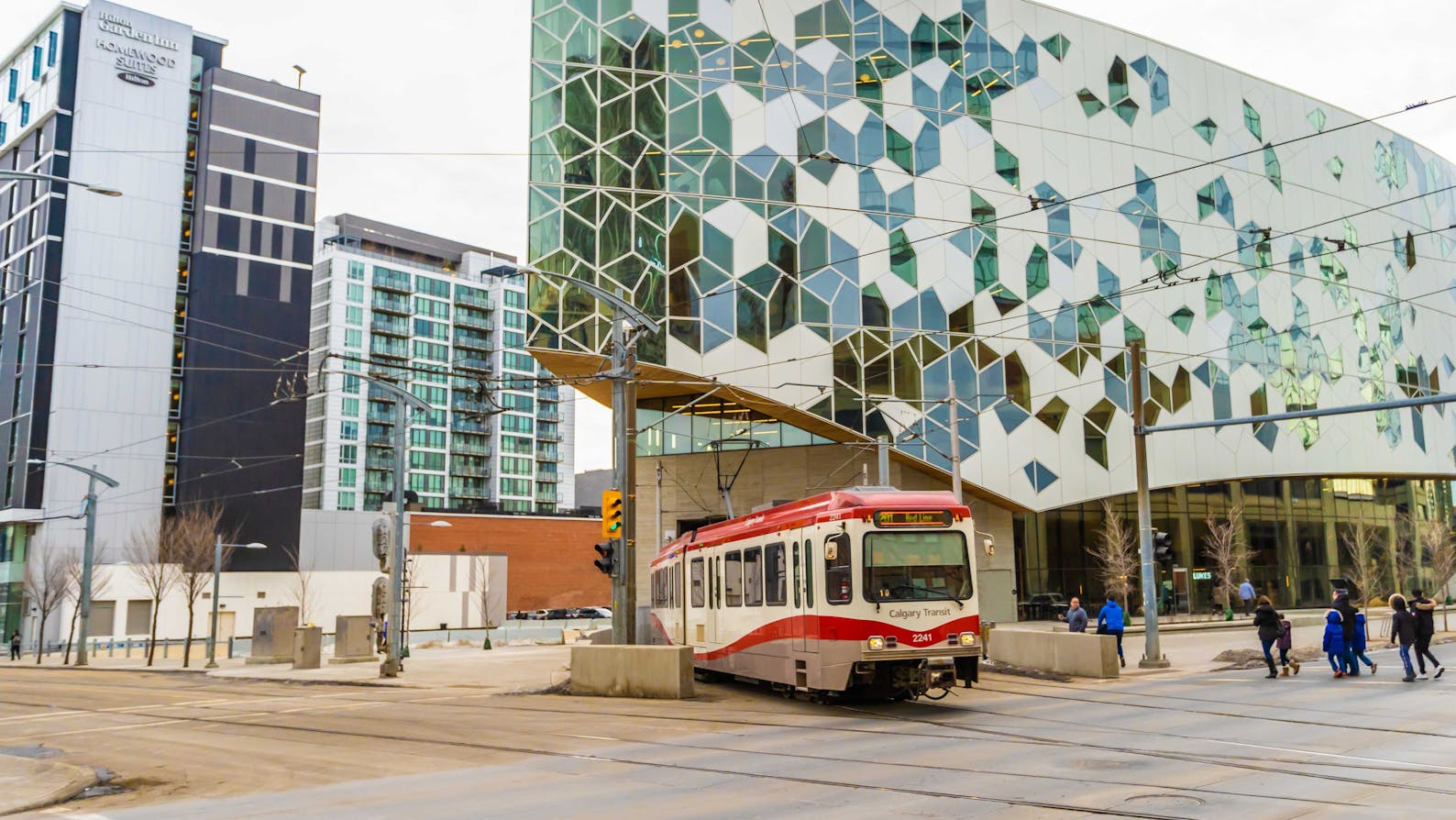At the Chamber, we believe that vibrant communities lead to vibrant businesses, as we compete on much more than economics to attract people and businesses to grow in our city. We need to focus on Calgary’s vibrancy as a critical competitive advantage in attracting talent and economic growth opportunities. This means investing in infrastructure that both directly supports our community – childcare, parks, the arts, the non-profit sector – and connects our community, like public transit.
We also know that infrastructure investment is a tried-and-true lever that governments can pull in times of recession. Infrastructure projects create jobs when we need them most, and lead to further economic development and opportunities. Recently, the Government of Canada announced permanent annual funding for transit— $3 billion per year starting in 2026, and $5.9 billion in direct funding that can be used this year to develop transit projects across the country.
These investments matter to Calgarians. Reports show that transit ridership, despite a drop of about half during the COVID-19 pandemic, has continually increased since the 1980s, with a considerable increase in the last twenty years. In 2019, Calgary Transit reported 106.4 million trips. In 2020, with the pandemic, approximately 52 million trips were taken, many of which were for essential travel to appointments.
A strong public transit system is critical for community vibrancy, connecting Calgarians and inclusive growth.
A strong transit system helps attract talent
As we think about Calgary’s future and economic recovery, we dive deeper into the benefits of strong public transit for our city and our business community. Below, we explore how investments in transit can help build Calgary’s vibrancy, and support a recovery that connects all of us.
According to research, bringing the skills we need for this innovation depends, in part, on public transit.
Attracting talent
Robust transit infrastructure contributes to the livability of our community – the ability to move around at a low cost, quickly, efficiently and safely at all hours.
Highly skilled and creative professionals flock to cities that focus on improvements in livability and connectivity within the community. Transit is a critical piece of this connectivity.
These highly skilled and creative professionals drive innovation through critical thinking that results in innovation and leadership.
A boost to productivity and wages
In addition to attracting talent and fostering innovation, we also need to enable businesses to start, scale and compete. This involves turning our attention to more traditional economic productivity as well. Currently, we lose approximately $15 billion dollars each year in potential economic productivity due to traffic congestion.
This significant loss of productivity can be mitigated in part by a well-developed LRT system. LRT development is anticipated to induce increased commerce along the transit line, driven by new mixed-use residential and commercial development, which in turn increases employment. The resulting gain from this development is not just employment, but also increased land values that generate more property tax revenue for municipal government, as a 2008 report from the City of Hamilton points out. A study from Buffalo noted an increase of $2.31 in land values for every foot that a property was closer to their light rail transit system, and both Toronto and Vancouver saw land value increases during the development of their transit systems.
A more direct benefit to workers is the positive relationship between more transit service and higher wages. A study of US cities comparable to Calgary found that estimated wages increased by millions of dollars for every 10 per cent increase in transit seats or rail service per person.
Carbon-free commute
Climate change is the critical issue of our time, and it’s clear that Canada and the world are shifting to a lower carbon economy, and that this shift will be critical to our competitiveness. Canadian businesses are leading the way, and a critical piece of this transition will focus on sustainable development, which will include public transit. These benefits are clear across Canada, where the Federation of Canadian Municipalities estimates that 4.7 million tonnes of emissions can be reduced annually through public transit use, and by Calgary Transit here at home.
By the numbers
One bus can carry as many people as 41 cars, with only one quarter of the emissions per passenger-kilometre.
Calgary’s CTrain system is powered by a 100 per cent wind-generated electricity grid.
A three-car CTrain can carry over 600 passengers, which is equal to 545 private vehicle trips.
As buses emit 80 per cent less carbon monoxide than a car, fewer pollutants are emitted by transit vehicles than by a single-passenger automobile per kilometre travelled.
Buses emit only 10 per cent as many hydrocarbons per passenger kilometre as a single-occupant automobile.
The future of Calgary
From attracting the talent we need, to providing a boost to productivity and wages, and providing low-carbon options for people to move around the city, the benefits of developed and funded public transit infrastructure are numerous.
How can we harness the benefits of public transit when designing Calgary’s future?
Calgary will hold its next municipal election on Monday, October 18, 2021, providing an
opportunity to have a city-wide discussion to explore that question, among many other topics that will impact the trajectory of our city.
As the voice of the Calgary business community, we’ll bring your voice to the table in the months ahead – contributing to the conversation and shaping the future of the city we call home.





